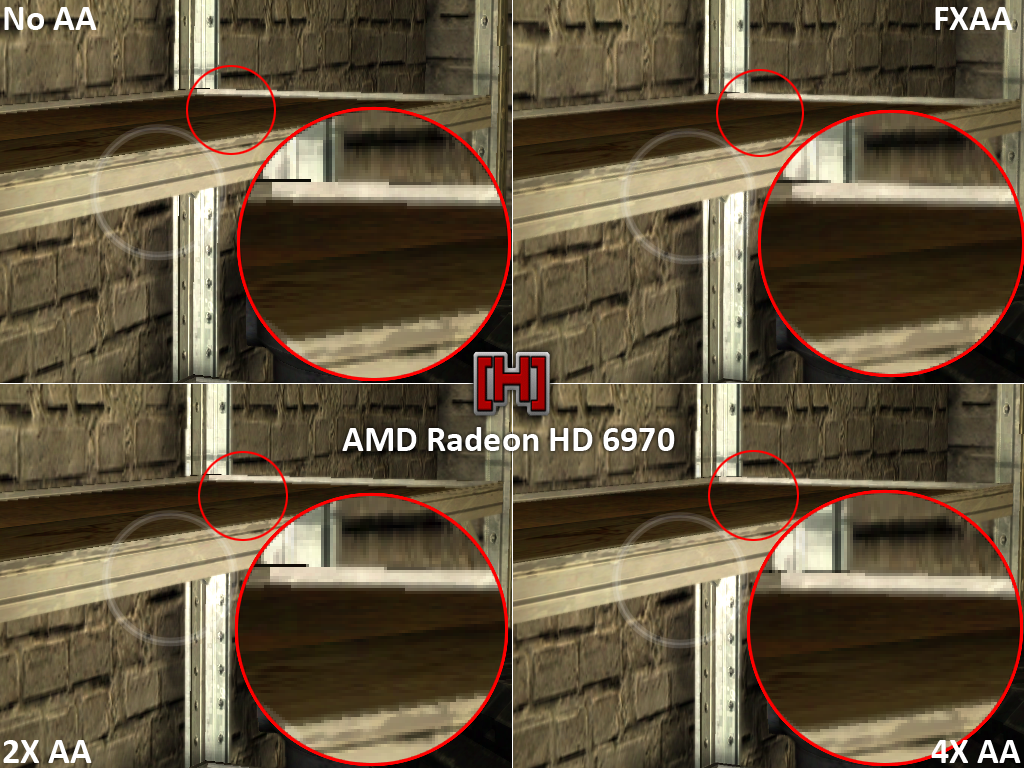- Joined
- Aug 20, 2006
- Messages
- 13,000
Philips is releasing a new 43” MVA-panel display that flaunts VESA’s highest HDR certification, DisplayHDR 1000, which demands local dimming and a peak luminance of 1000 cd/m2. But despite this certification, it is arguably still “fake” HDR, as the panel is 8-bit (16 million colors) only and relies on FRC (frame rate control) to achieve more colors. A true HDR panel is 10-bit and capable of 1 billion colors.
With DisplayHDR 1000 and UHDA certifications, the Momentum 436M6VBPAB promises to deliver a great HDR experience with 97.6% coverage of the DCI-P3 color space, a peak brightness of over 1000 nits, local dimming for deeper blacks and support for 10-bit color (8-bit + FRC). The display will support HDMI 2.0, DisplayPort 1.2, mini DisplayPort and USB Type-C (DP alt mode) inputs, though at this time the monitor's Variable Refresh Rate (VRR range) is unknown.
With DisplayHDR 1000 and UHDA certifications, the Momentum 436M6VBPAB promises to deliver a great HDR experience with 97.6% coverage of the DCI-P3 color space, a peak brightness of over 1000 nits, local dimming for deeper blacks and support for 10-bit color (8-bit + FRC). The display will support HDMI 2.0, DisplayPort 1.2, mini DisplayPort and USB Type-C (DP alt mode) inputs, though at this time the monitor's Variable Refresh Rate (VRR range) is unknown.
![[H]ard|Forum](/styles/hardforum/xenforo/logo_dark.png)

